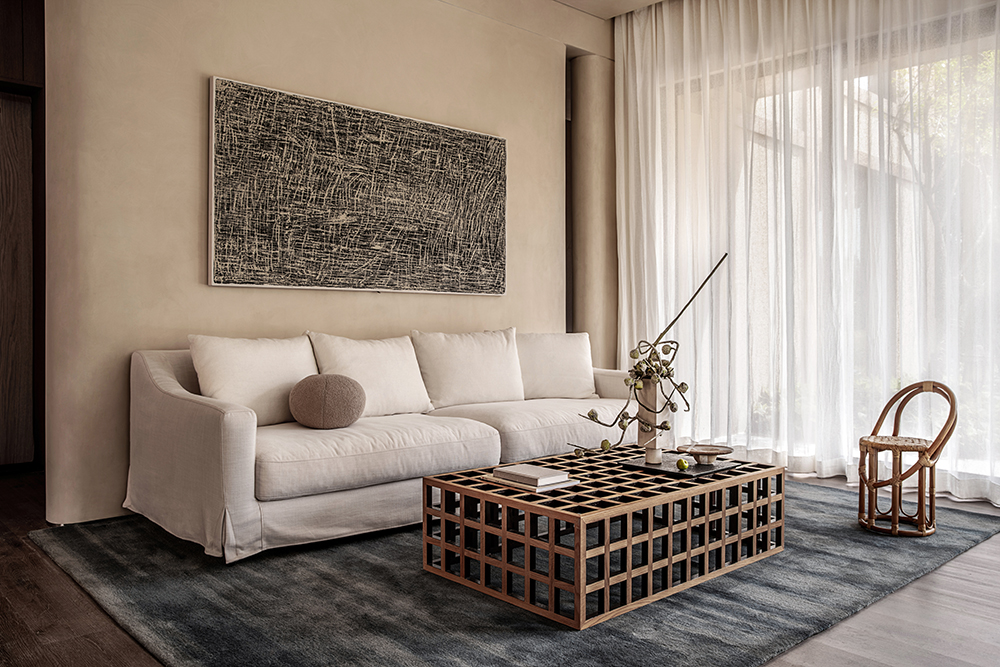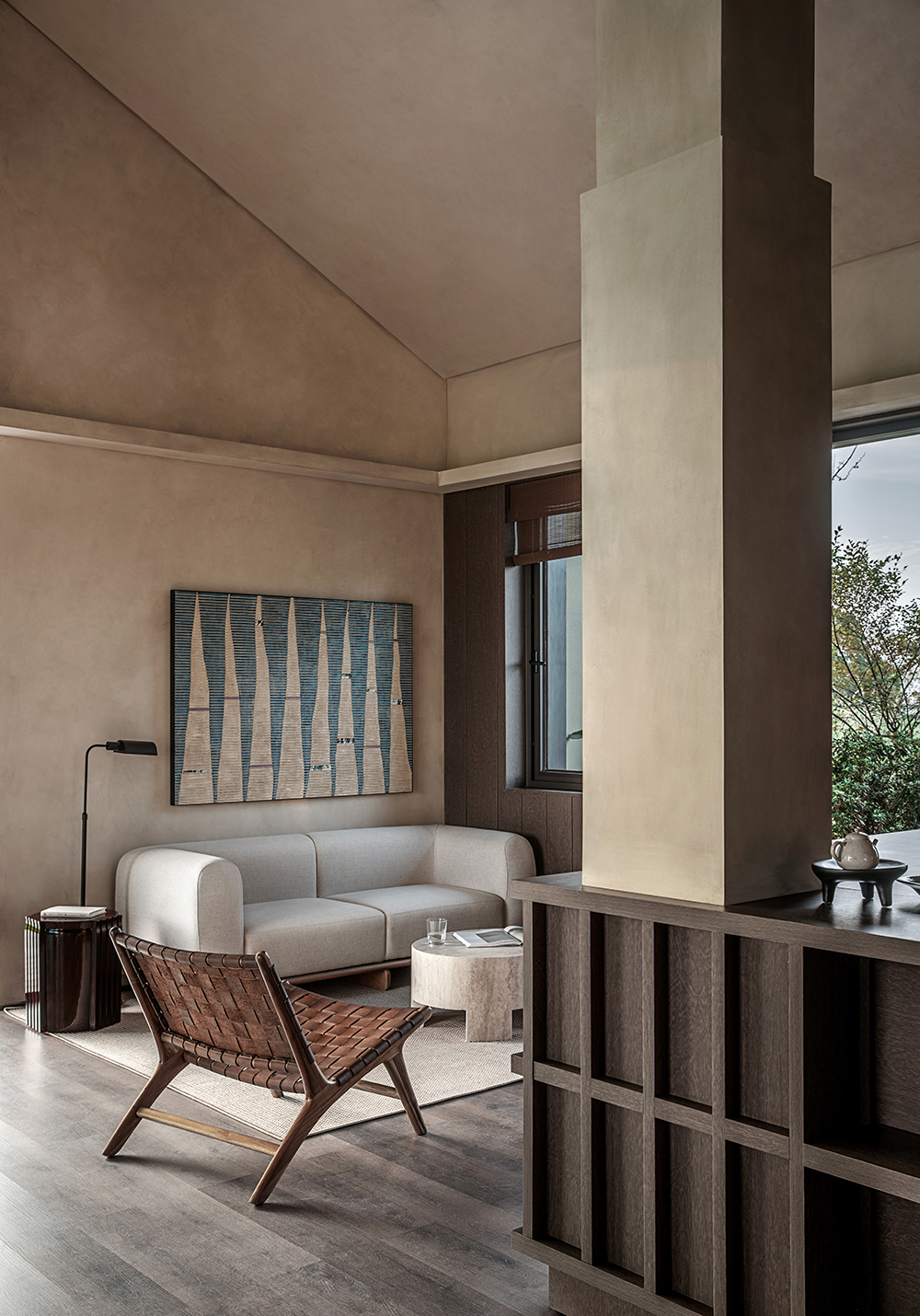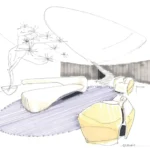
Choosing a sofa for a contemporary home requires a balance of style, proportion, comfort, and material. In contemporary design, every piece must have purpose, and the sofa often serves as the centerpiece of the living space. To select the right one, you must look beyond surface aesthetics and assess how it supports the broader visual and functional needs of your space.
This guide will help you make informed choices based on a full understanding of contemporary design principles, construction standards, upholstery options, and lifestyle needs. It is intended for those who are familiar with design language and care deeply about intentional living spaces.
Defining Contemporary Design in the Context of Sofas
Contemporary design is often mistaken for modern design, but the two are not the same. Modern design refers to a specific historical movement. Contemporary design evolves over time. At present, contemporary interiors emphasize:
- Clean lines and subtle curves
- Neutral and muted color palettes
- Minimal ornamentation
- Use of texture and natural materials
- Open, airy spaces
The right sofa for a contemporary setting will reflect these principles. It should not compete with the room’s architecture but instead complement it with thoughtful restraint.
Key Elements to Consider When Choosing a Contemporary Sofa
Scale and Proportion
The first rule in choosing a sofa for a contemporary space is to assess the scale. Oversized sofas can disrupt the balance in a room that prioritizes open space and clean visual flow.
- Measure your space accurately, accounting for circulation and sightlines.
- Opt for low-profile sofas in rooms with open plans or high ceilings.
- In smaller spaces, choose sofas with slim arms and raised legs to preserve lightness.
Shape and Silhouette
A contemporary sofa should feel grounded in geometry but not rigid. The silhouette should convey a subtle elegance.
- Look for linear profiles with soft, rounded edges or tight tailoring.
- Modular or sectional forms often work well in large or multifunctional rooms.
- Avoid ornate carvings, tufting, or bulky roll arms. These belong to more traditional styles.
Customization and Unique Builds
For design-conscious homeowners, off-the-shelf solutions rarely deliver the refinement required. Bespoke pieces from brands like DreamSofa allow for control over every aspect of the form, material, and detailing. These brands also offer access to specialty finishes and uncommon fabric choices not found in mass retail furniture.
Customization ensures your sofa aligns precisely with the room’s architecture, lighting, and your existing design vocabulary. It also allows adjustments in seat height, depth, and cushion fill to match ergonomic and aesthetic preferences.

Material Matters: Upholstery and Frame Options
The materials used in a sofa will define both its feel and its longevity. In a contemporary design context, they also influence how light interacts with the furniture and how it relates to the other finishes in the space.
Upholstery Fabrics
Choose fabrics that are textured yet understated.
- Linen, cotton, and wool blends provide organic texture.
- Performance fabrics are ideal for high-traffic areas or homes with children and pets.
- Leather can work, but it should be smooth-grain and matte rather than glossy or distressed.
Avoid heavily patterned or overly plush fabrics. Stick to solids, or subtle weaves that add depth without drawing attention.
Color Selection
Contemporary design favors restrained color palettes.
- Neutral tones like ivory, sand, greige, slate, and charcoal are timeless.
- For contrast, soft sage, muted clay, or navy can provide depth.
- Accent pillows can bring in seasonal or tonal variation without committing the entire sofa to a trend.
Frame Construction
Even in high-end design, a well-constructed frame is non-negotiable.
- Look for kiln-dried hardwood frames for strength and durability.
- Joinery should be double doweled, glued, and screwed.
- Metal frames can work in certain minimalist designs, but verify they offer long-term support.
Cushioning and Comfort: Balancing Form and Function
While aesthetic leads the selection, comfort cannot be ignored. The structure and fill of a sofa determine how it will feel and age.
- High-resilience foam wrapped in down or poly-fiber offers firm but comfortable seating.
- All-down cushions require frequent fluffing and suit more relaxed settings.
- A blend of foam and feather delivers a balance between form and comfort.
Seat depth is also critical. Contemporary sofas tend to have shallower seating, but customization may be required if users prefer lounging or reclining.
Leg Style and Base Design
Small details have a strong impact in contemporary design. The leg style and base treatment of the sofa affect its visual weight and spatial harmony.
- Exposed metal or wood legs add openness and transparency.
- Platform bases work well with tight-seat sofas and modular units.
- Avoid skirts or bulk-heavy bases, which create a visual block.
If using a rug, choose leg styles that allow visibility of floor treatment to maintain flow.
Integration With the Room’s Layout and Function
A sofa is not an isolated object. Its success depends on how well it interacts with the other elements of the space.
Room Configuration
Think about how the sofa will be used.
- In open-plan spaces, sectionals can define zones without walls.
- For formal sitting rooms, opt for symmetrical layouts with two facing sofas or a sofa and two accent chairs.
- Armless or backless modules can serve as dividers in loft-style apartments.
Visual Harmony With Other Furniture
Your sofa should speak the same design language as your coffee table, lighting, and shelving.
- If other pieces are sculptural, keep the sofa understated.
- If your palette is limited, use the sofa’s upholstery texture to add dimensionality.
- A cohesive aesthetic avoids sharp contrasts between elements.

Lighting, Flooring, and the Role of the Sofa in the Broader Scheme
Every material and finish interacts with light. Before finalizing your selection, assess how natural and artificial lighting will affect the color and surface of the sofa throughout the day.
- Lighter fabrics can brighten shadowed spaces.
- Matte finishes reduce glare in rooms with expansive glass.
- Coordinate upholstery with flooring tones to avoid visual breaks.
Area rugs can help define the footprint of the sofa and anchor it. Keep rug patterns minimal and scale appropriate.
Shopping Smart: Quality Indicators to Look For
Discerning buyers must evaluate beyond brand names. Focus on craftsmanship and transparency.
- Ask about internal construction, not just fabric and appearance.
- Confirm the foam density and cushion composition.
- Review warranty details for frame and upholstery.
- Look for responsible sourcing, especially for hardwoods and fabrics.
If purchasing online, request swatches and construction specs. In-store, test the piece for structure, weight balance, and finish details.
Final Touches: Accessories and Styling Without Clutter
Once you’ve chosen the right sofa, refine it with accessories that align with contemporary design.
- Use low-profile throw pillows in complementary colors or tonal textures.
- A single throw blanket in wool, mohair, or lightweight cotton can soften the silhouette.
- Avoid excess layering. Maintain open visual space around and above the sofa.
Styling should echo the principles of clarity and function. Nothing should feel staged or superfluous.
Where Comfort Meets Precision
The right sofa in a contemporary home should not only look clean and deliberate. It must feel good, last well, and integrate with your space in a seamless way. Every detail matters, from the base to the stitching. By considering proportion, material, and function equally, you can choose a piece that will enhance your living space with quiet authority.
Images from Archiscene Talks to More Design Office about Their Idyll Moment Farm Project – see full article here.



